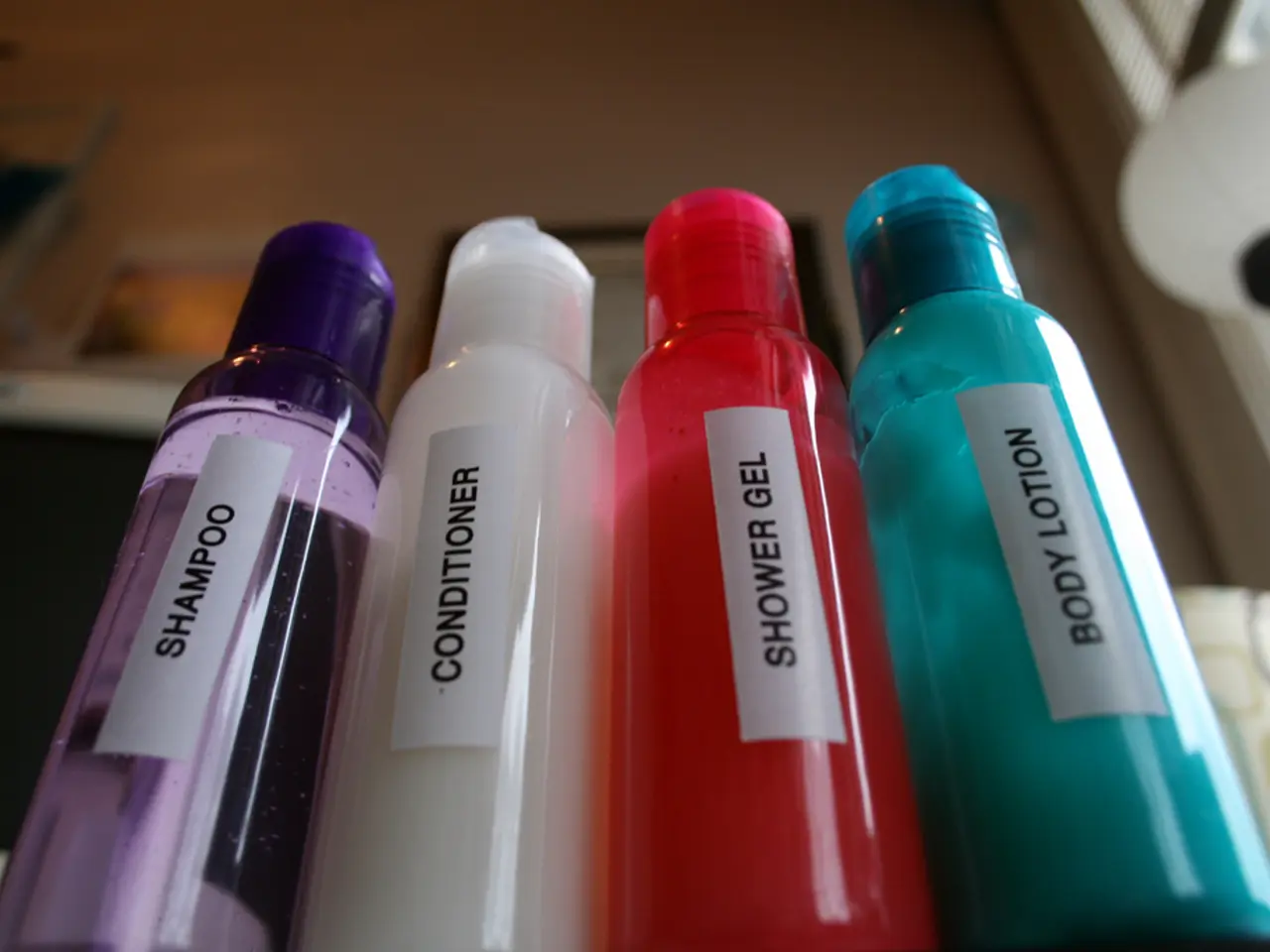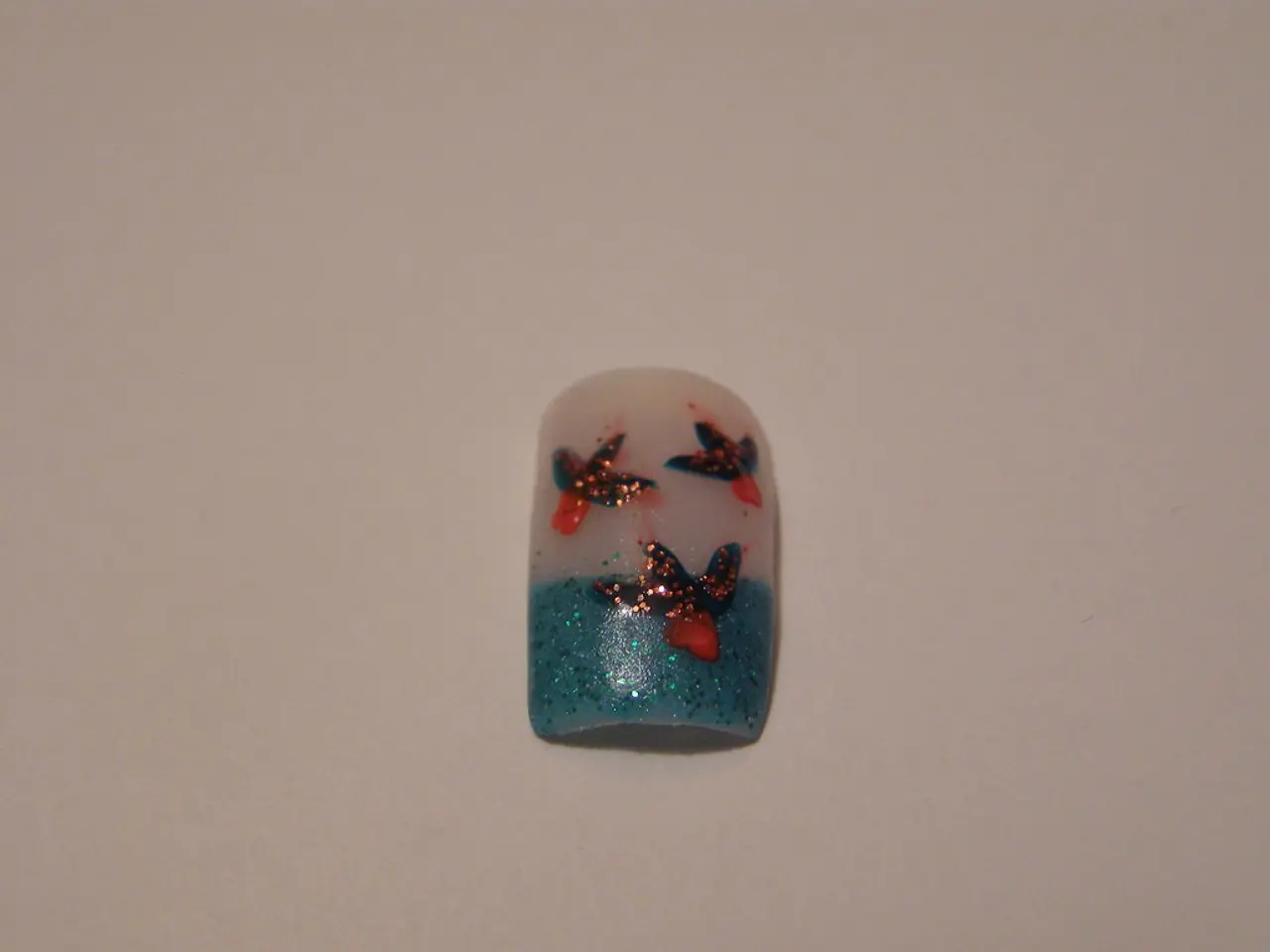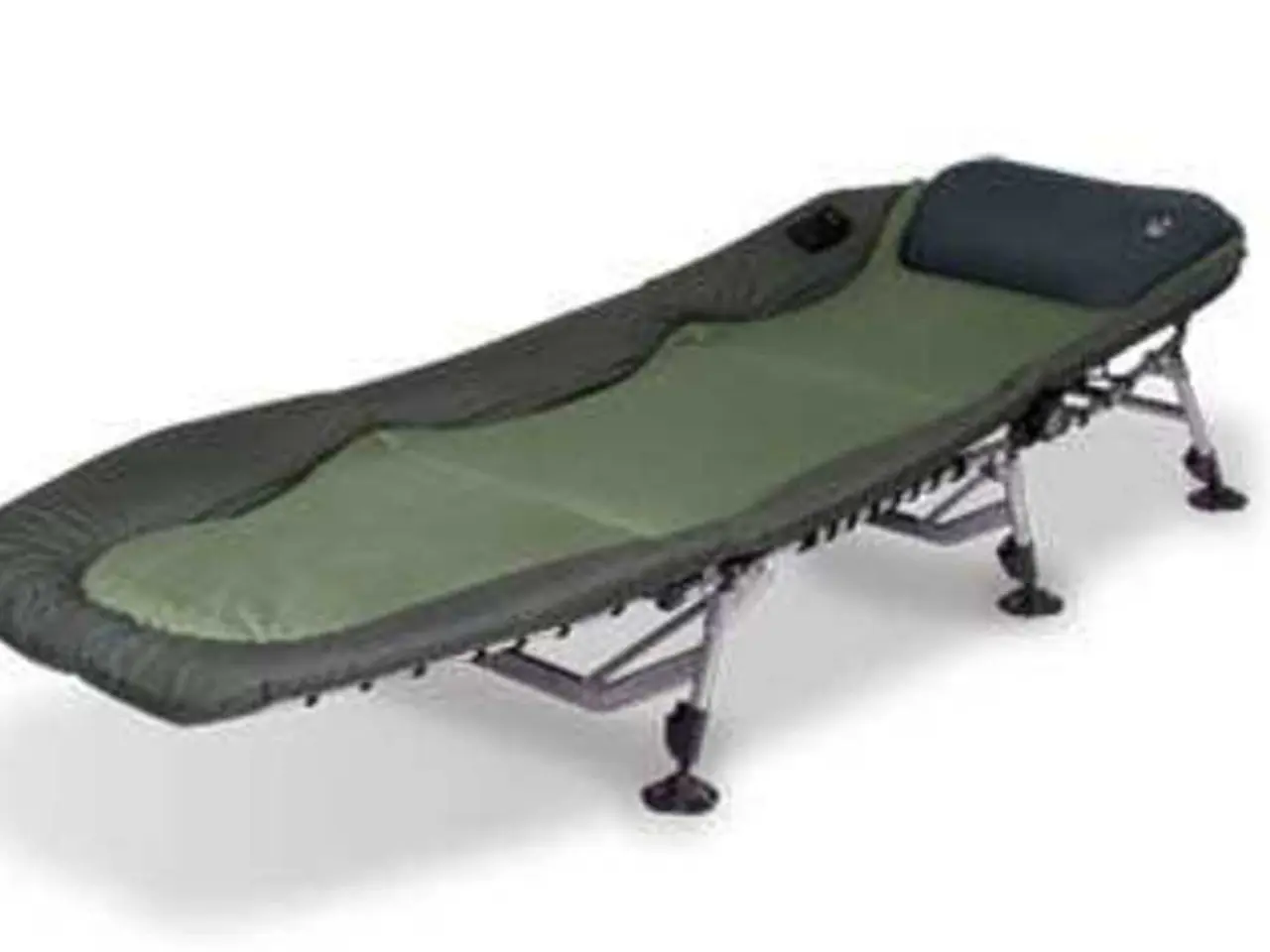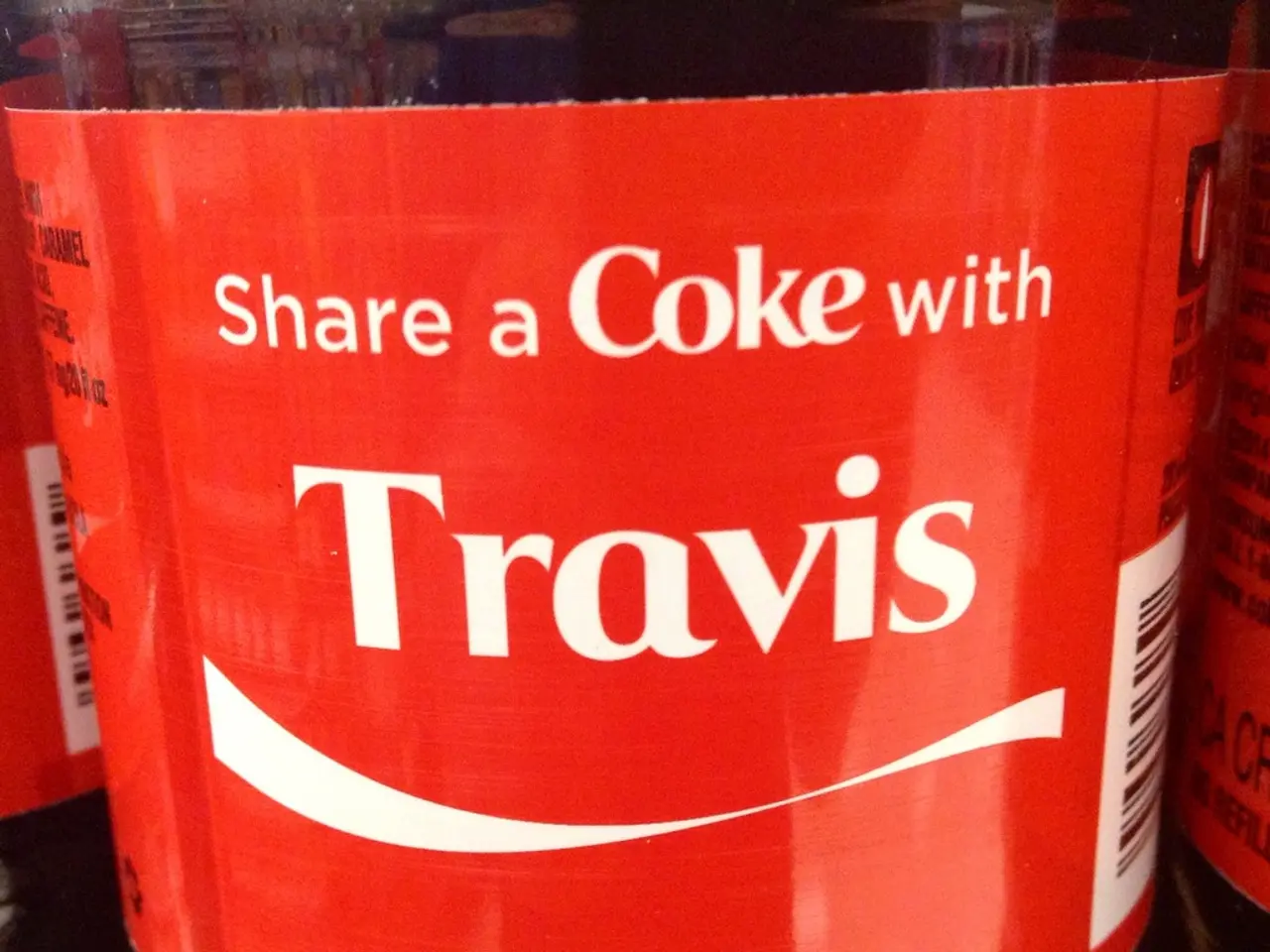Skincare Regimens from Korea: Essential Facts Revealed
In the ever-evolving world of beauty, a global shift towards Korean skincare has been noticeable. From the bustling streets of Seoul to the cosmetics aisles of major cities worldwide, the influence of Korean skincare, often dubbed 'K-beauty', is undeniable.
Korean skincare, rooted in a holistic, prevention-first approach, stands in stark contrast to Western skincare philosophies. The former emphasizes long-term skin health, treating skincare as a form of daily hygiene and self-care, often starting from the teenage years. Korean skincare values hydration, gentle care, and nurturing the skin barrier to coax out the skin’s natural glow gradually rather than forcing abrupt results[1][2].
Western skincare, on the other hand, often focuses on immediate results and treating problems aggressively, such as drying out breakouts or targeting imperfections with strong ingredients like retinol. It tends to be more trend-driven and sometimes relies on harsher treatments aimed at masking flaws rather than preventive care[1][3].
The treatment of skin conditions also varies significantly between the two. Korean skincare encourages calming and healing the skin, using gentle exfoliation and layered hydration routines to strengthen the skin’s barrier and maintain balance[3]. Western methods often suggest drying out skin issues like acne and may use more aggressive exfoliants and active ingredients to combat signs of aging or blemishes quickly[3].
Korean skincare is known for its multi-step routines, sometimes involving 10 or more steps, emphasizing layering of hydrating toners, essences, serums, moisturizers, and sunscreen. The focus is on gradual improvement and skin barrier support[1][4][5]. Western skincare routines are usually simpler and product-focused, often centering around targeted treatments like retinol, acids, or creams designed to deliver fast, visible results[1][4].
In Korea, skincare is integrated into daily life as a gentle, almost ritualistic routine that values patience, care, and long-lasting glow. This contrasts with the Western focus that can prioritize instant gratification and corrective measures[1][2].
The popularity of Korean culture, including Kpop, Kdramas, "Hallyuwood", and Kbeauty, is increasing globally. As a result, enrollment in Korean language classes across the U.S. is rising. Korean skin care products offer solutions for a variety of skin types and concerns, making them appealing to a wide audience.
Moreover, Korean skin care products tend to have little to no fragrance added, are designed to be luxurious, relaxing, and enjoyable to use, and are frequently vegan and cruelty-free. They use natural ingredients like Centella Asiatica that aren't as common in Western products. If done carefully, Korean skin care routines can be suitable for people with common skin conditions like acne, rosacea, and eczema.
One notable difference is the sunscreen. Korean sunscreens are more advanced and effective compared to U.S. sunscreens, as they are unscented, sting-free, and offer higher SPF ratings[6]. Korean sunscreens are an essential part of every Korean skincare routine.
Lastly, Korean skin care products are more affordable compared to their U.S., British, and French counterparts, making them accessible to a broader audience. The gentle, nurturing approach of Korean skincare fosters lasting skin health, while Western skincare often aims for immediate, sometimes aggressive results[1][2][3][4][5].
References: [1] Kim, J. (2017). The Korean Beauty Regime: A Comprehensive Guide. HarperCollins Publishers. [2] Park, S. (2018). Korean Beauty: The Complete Guide to Mastering K-Beauty. Abrams. [3] Choi, E. (2019). Korean Skincare Decoded: A Simple Guide to Clear, Glowing Skin. Tuttle Publishing. [4] Lee, S. (2020). The K-Beauty Bible: Your Ultimate Guide to Korean Beauty. DK. [5] Chung, H. (2021). Korean Skin Care in Action: The Ultimate Guide to Cleansing, Treating, Moisturizing, and Sun Protection. Tuttle Publishing. [6] Lee, J. (2020). The Complete Guide to Korean Sunscreens: Choosing the Best Products for Your Skin. Tuttle Publishing.
- Korean skincare, grounded in a holistic approach emphasizing long-term health and gentle care, has seen international popularity due to its contrasting philosophy with Western skincare.
- The increasing global influence of Korean culture, such as Kpop, Kdramas, and Kbeauty, has contributed to the rising demand for Korean skin care products, which cater to various skin types and concerns.
- In contrast to Western skincare routines focused on immediate results and aggressive treatments, Korean skincare promotes a gradual approach, prioritizing skin barrier support and natural glow through multi-step routines.
- Korean skin care products are known for being luxurious, vegan, and cruelty-free, often utilizing less-common natural ingredients like Centella Asiatica, making them an attractive option for people with various skin conditions such as acne, rosacea, and eczema.
- An essential aspect of Korean skincare is its sunscreen, which is more advanced and effective compared to many western alternatives, being unscented, sting-free, and offering higher SPF ratings. A significant part of every Korean skincare routine, these sunscreens contribute to fostering lasting skin health.




